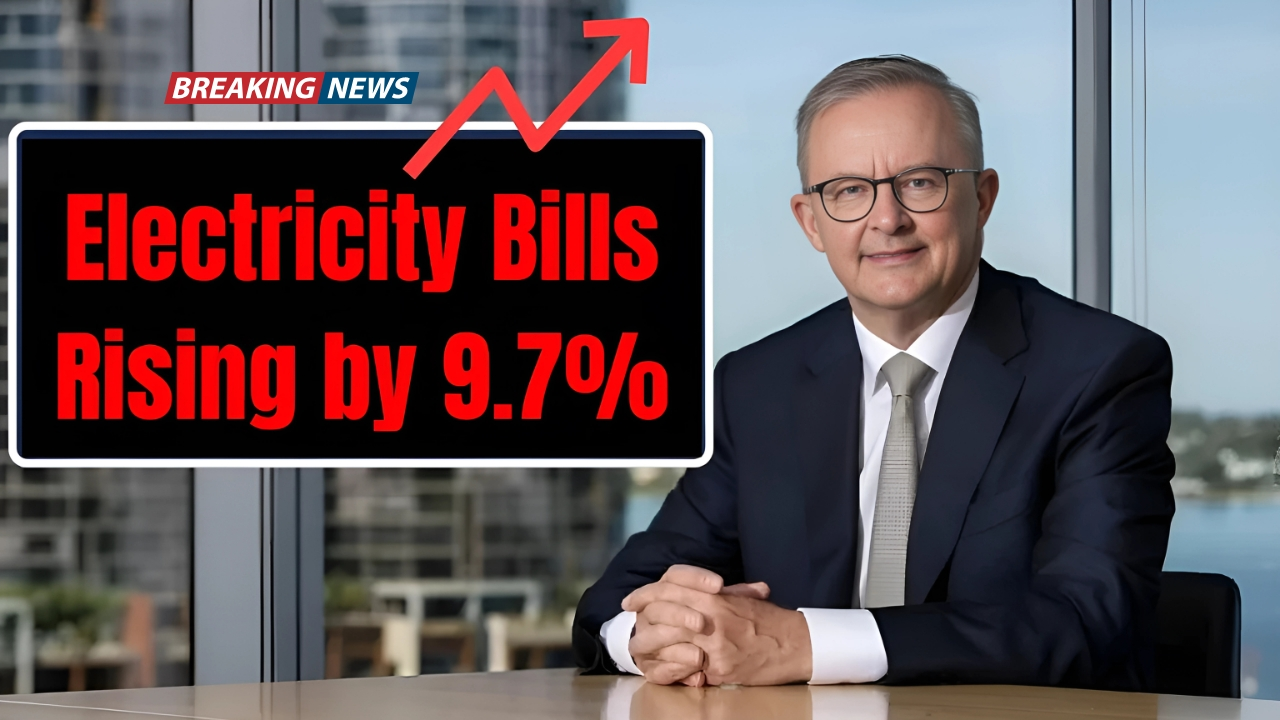A big jolt is coming for Aussie Electricity Bills on July 1, 2025, after the Australian Energy Regulator (AER) locked in Default Market Offer (DMO) price rises of up to 9.7 percent. Households and small businesses on standing offer plans will all be caught. In NSW, the load is heaviest, with price jumps of 8.3 to 9.7 percent. South Australia will see rises of 2.3 to 3.2 percent, and South-east Queensland faces increases of between 0.5 and 3.7 percent.
Multiple Cost Factors Drive Unprecedented Increases
In practical terms, a NSW household supplied by Essential Energy can expect the yearly tab to climb from 2,513to2,741, a big dent for families already grappling with higher everyday costs. Small businesses won’t escape, either; their rises will vary from 0.8 to 8.5 percent, shaped by where they’re located. The DMO aims to keep price gouging in check while letting retailers cover their running costs.
How Costs Got So High
Clare Savage, who leads the AER, said this was a tough call. Prices have shot up because just about every part of the DMO has come under pressure. Wholesale and network costs ticked up by 1 to 11 percent across the country, and retail costs climbed 8 to 35 percent over last year. The regulator said the spikes follow stronger demand, some surprise outages at coal plants, and less-than-expected solar and wind production, all of which pushed wholesale prices higher.
On top of that, the cost of building out the network has jumped. Putting in new transmission lines now costs 25 to 55 percent more, and building new substations costs 10 to 35 percent more. Those numbers come straight from the same headaches we have all year: supply chain snags, not enough workers, and inflation on key materials like steel and copper. All of that ends up on the bill customers see because network charges are set by regulators.
Shopping Around Remains Key to Savings
The Australian Council of Social Service (ACOSS) isn’t happy about the latest price hike, calling it “a major blow for people on the lowest incomes.” They say many folks are already skipping meals and meds just to keep the lights on. ACOSS CEO Dr. Cassandra Goldie noted that some are even selling their stuff or signing up for buy-now-pay-later loans just to pay the power bill.
The good news is that help is still on the table. Both the Queensland and Federal Governments have rolled out financial programs that will actually cover the new price jumps for qualifying households. Families can see what’s out there by hopping on energy.gov.au/rebates to find the rebates and concessions that they can claim. Plus, power companies have to follow national energy rules that say they must help anyone struggling to pay.
Chair Savage said that even with the latest price hikes, about 90 to 95 percent of the competitive offers still come in cheaper than the default rate they’ve set. The best deals in each DMO area are running 18 to 27 percent below that default. Analysts figure that customers who switch suppliers could save around $400 a year. If you’re in NSW, the ACT, South Australia, Tasmania, or Queensland, you can check out different offers at the free site Energy Made Easy. Folks in Victoria can head to Victorian Energy Compare, another free government site, to do the same.
These price jumps serve as a reminder of the bumps still ahead in Australia’s shift to cleaner power. Old coal plants are getting more costly to run, and the weather swings mean renewable energy prices aren’t always predictable, pushing bills upward. The good news is retailers now have to flag better deals on your bill at least once every 100 days, so you have a better shot at sidestepping pricey, outdated plans.
